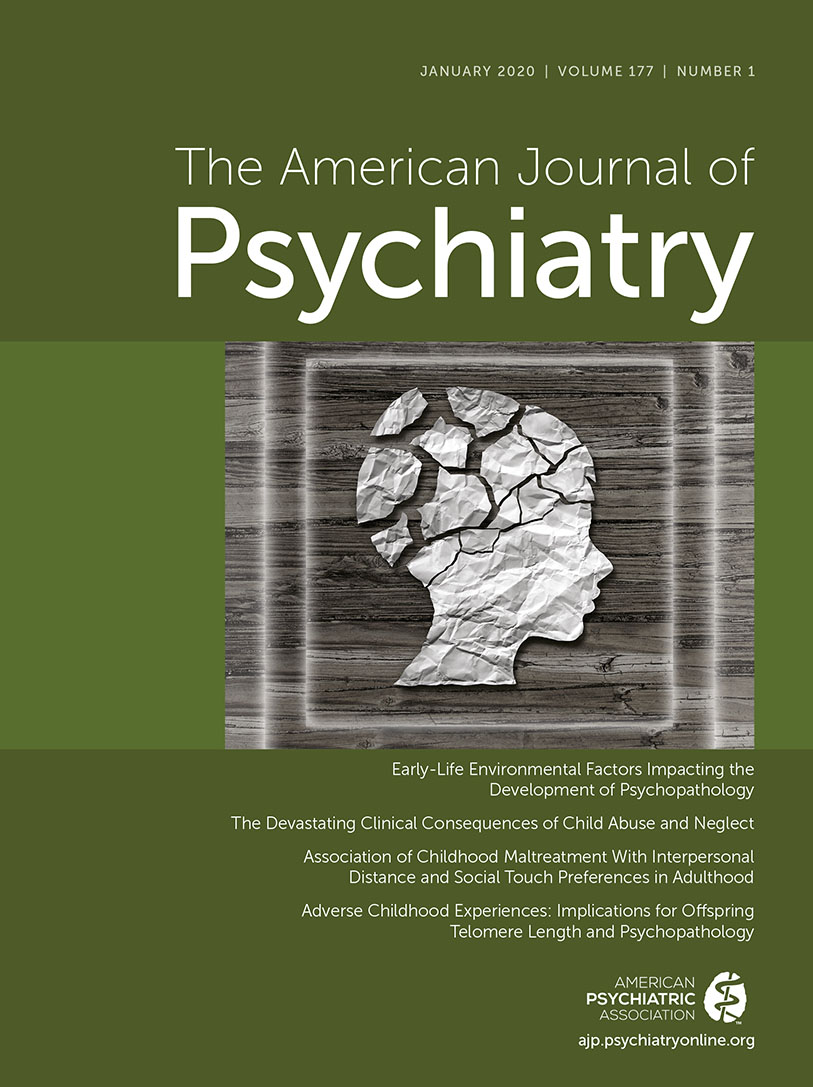Association of Childhood Maltreatment With Interpersonal Distance and Social Touch Preferences in Adulthood
Abstract
Objective:
Childhood maltreatment is a major risk factor for psychopathology associated with interpersonal problems in adulthood, but the etiological pathways involved are still unclear. The authors propose that childhood maltreatment confers risk for dysfunctional behavior in social interactions by altering interpersonal distance preference and the processing of social touch.
Methods:
Ninety-two medication-free adults (64 of them female) with low, medium, and high levels of childhood maltreatment were tested with an interpersonal distance paradigm and subsequently underwent a social touch functional MRI task during which they rated the perceived comfort of slow touch (C-tactile [CT] optimal speed; 5 cm/s) and fast touch (non-CT-optimal speed; 20 cm/s).
Results:
Participants with high childhood maltreatment levels preferred a larger interpersonal distance and experienced fast touch as less comforting compared with participants with no or moderate childhood maltreatment experiences. On the neural level, participants with severe childhood maltreatment exhibited exaggerated responses to fast touch in the right somatosensory and posterior insular cortex, which correlated with lower comfort ratings. Severe childhood maltreatment was associated with decreased activation in the right hippocampus in response to slow touch. This response pattern was not moderated or mediated by childhood maltreatment–associated region-specific reductions in gray matter volume.
Conclusions:
The study findings suggest that higher childhood maltreatment levels are associated with hypersensitivity characterized by a preference for larger interpersonal distance and discomfort of fast touch. These dysregulations were manifested in a sensory cortical hyperreactivity and limbic CT-related hypoactivation. These results may shed light on why individuals with severe childhood maltreatment exhibit an increased susceptibility to interpersonal dysfunctions and psychiatric disorders in adulthood.



